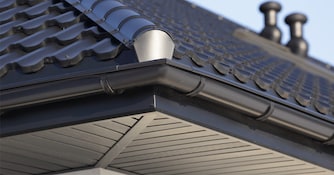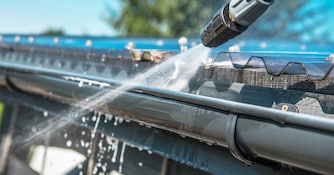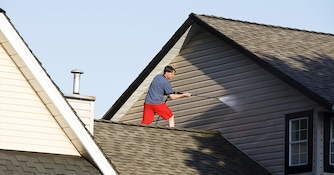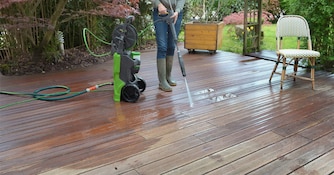
Pressure Washing A Roof
Roofs get more than just rainwater on them. Depending on where you live, you may find moss and lichen growing on your shingles. Roofs with moss and lichen growth need to be cleaned. Neglecting to remove the growth will only damage your roof further. However, there are some risks to consider.
You need to be careful to only step in dry areas of your roof, as wet algae is very slippery.
You don't want to fall from your roof. Once you climb off of your ladder, and onto the roof, walk to the opposite corner to start, then work your way back to the ladder.
Start by Applying Detergent
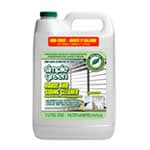
Before you begin pressure washing, consider using a good quality biodegradable pressure washer safe detergent. Applying some detergent first will help to loosen the algae, moss, or lichen so it's easier to remove and doesn't take as many granules with it. You won't want to use a lot of pressure when you spray your shingles, as too much pressure can strip your shingles of their protective granules or even damage or remove the shingles themselves.
By applying detergent first, using a foamer or a soap shooter, you can gently loosen the unwanted growth from the shingles so you can use much less pressure to spray it away. Work in sections. Apply detergent to one area of the roof, then spray it clean. Move and do the same with the next area.
This will help prevent you from walking on soapy wet areas that may be very slippery. This works best if you have a pressure washer with an onboard detergent tank that can be switched on and off accordingly.
Use Low Pressure to Spray it Clean
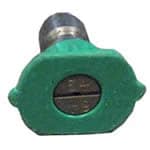
The power of a pressure washer can damage the shingles on your roof, so it's important that you select the proper spray tip. Start with a medium pressure spray pattern, and adjust from there accordingly. Always stand on a dry area of the roof, as wet shingles can be very slippery. Aim the pressure washer down the roof (toward the gutters), and keep the tip of the wand at least a foot away from the surface when starting.
NEVER aim your pressure washer up the roof, as it can push water under the shingles. Spraying water under your shingles can both tear off the shingles and force water under them and into your home. Cover a few shingles at a time, and move the wand slightly closer to the surface as more power is needed. It is very important that you constantly inspect for any damage you may be causing throughout your cleaning. Follow these steps and your roof will be looking great in no time. Don't excessively clean your roof, as it'll add more wear and tear. Only do this as needed. You shouldn't have to pressure wash your roof any more than once every year or two at most.


